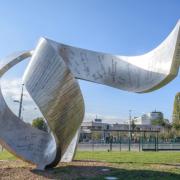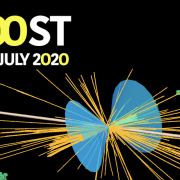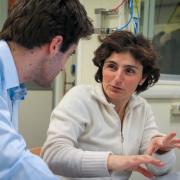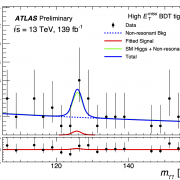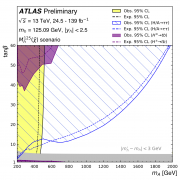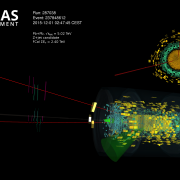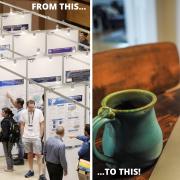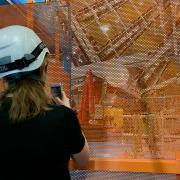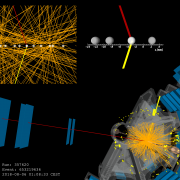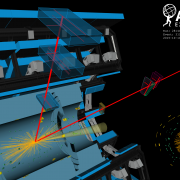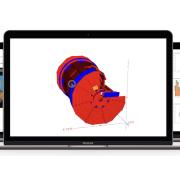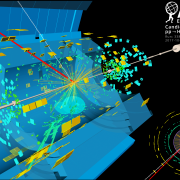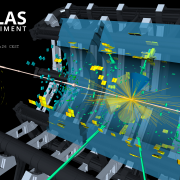Access to Collaboration Site and Physics Results

ATLAS announces Thesis Award winners
– On 25 February 2016 in CERN's Main Auditorium, the ATLAS collaboration announced the winners of the 2015 ATLAS Thesis Awards: Javier Montejo Berlingen, Ruth Pöttgen, Nils Ruthmann, and Steven Schramm. The winners were selected by the ATLAS Thesis Awards Committee for their outstanding contributions to the collaboration in the context of a PhD thesis. A total of 33 nominations were received, all of a very high standard and encompassing major achievements in all areas of ATLAS results and activities.Read more →
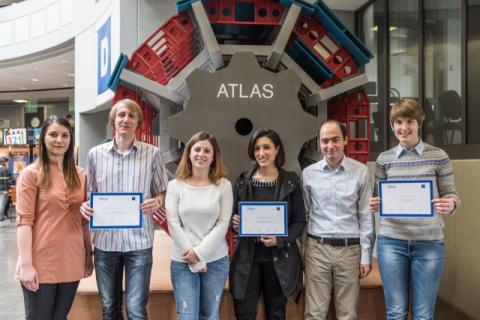
Recipients of the ATLAS PhD Grant announced
– Three young physicists – Ruth Jacobs, Artem Basalaev and Nedaa B I Asbah – have been named the recipients of the 2015 ATLAS PhD Grant.Read more →

One week to do it all – Days 4-7: Diffractive data taking
– On Thursday morning the first fill reached “Stable Beam”. We had prepared a sequence to move the ALFA detectors so, with the push of a bottom, they were all moved to exactly the right position for loss maps. The fill had 42 bunches (as opposed to the 3 bunches used in elastic data taking), so the trigger rates were much higher than before.Read more →
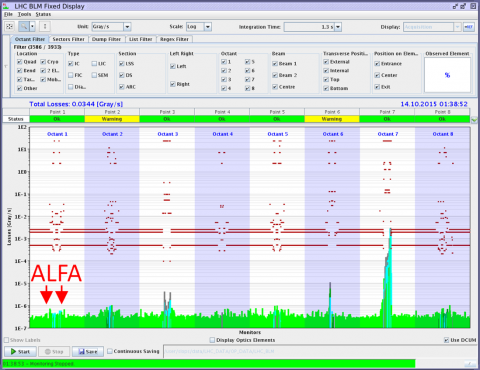
One week to do it all – Day 3: Preparing for Stable Beam
– Tuesday at 23:55 I called the ATLAS shift leader and told them to stop the elastic physics run and ramp down the inner detector as the elastic program was over. But that’s when the problems started. For some reason, the inner detector could not ramp down and ATLAS requested – for the safety of the inner detector – that the LHC team touch nothing until the problem was solved. While this actually gave us more time taking data for elastic physics, LHC operators and representatives from the other experiments in the CERN Control Centre were really not too happy about the situation.Read more →

One week to do it all – Day 2: Elastic data-taking
– No time to waste after the alignment. We had moved the detectors to about 2.8 mm from the beam, but the rates of particles passing the detectors indicated a very high background (mainly particles from the beam halo) so we decided to move the detectors out to about 3.5 mm. Now it was time for data taking. Since the detectors were so close to the beam, the LHC could not declare “Stable Beam”. Therefore ATLAS was prepared to manually override the normal safety feature, which only allows the tracking detectors to be powered fully once the LHC declares “Stable Beam”.Read more →
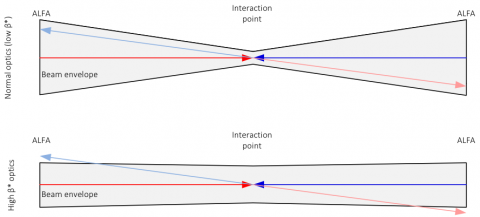
One week to do it all – Day 1: Setting up
– I have the pleasure to work for a very special sub-detector of ATLAS, called “Absolute luminosity For ATLAS” or ALFA in short. ALFA aims to measure protons at very small angles relative to the beam. To measure these small angles, ALFA is installed on the beam pipe about 240 m away from the interaction point (IP) of ATLAS. The ALFA detectors can move inside the beam pipe in order to get very close to the beam. The detector is only used a few days out of the year when LHC is running with a very special beam setup.Read more →
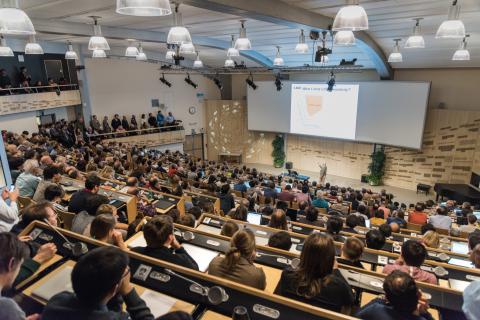
The hills are alive, with the sound of gravitational waves
– It’s 16:00 CET at CERN and I’m sitting in the CERN Main Auditorium. The room is buzzing with excitement, not unlike the day in 2012 when the Higgs discovery was announced in this very room. But today the announcement is not from CERN, but the LIGO experiment which is spread across two continents. Many expect the announcement to be about a discovery of gravitational waves, as predicted by Einstein in 1916, but which have remained elusive until today…Read more →
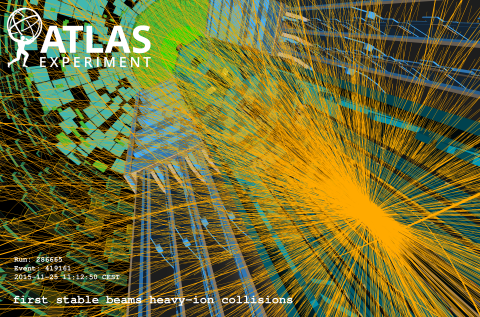
ATLAS completes first year at 13 TeV
– As 2015 draws to a close, the ATLAS experiment wraps up its first phase of operation at a record-breaking energy frontier.Read more →

ATLAS High Performance Computing Initiative Wins Award
– The Chinese Academy of Sciences (CAS) has awarded members of the ATLAS computing community first prize for their novel use of supercomputer infrastructure.Read more →
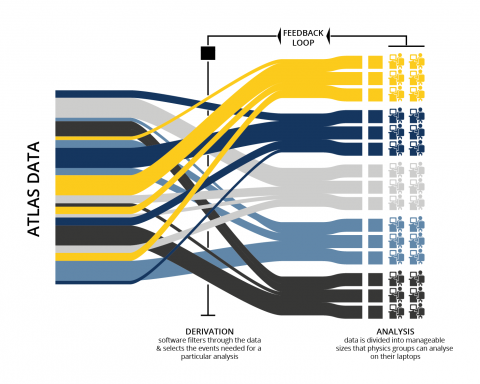
Behind very great results lies great computing
– At the ATLAS experiment, masterful computing infrastructure is transforming raw data from the detector into particles for analysis, with a set direction, energy and type.Read more →


